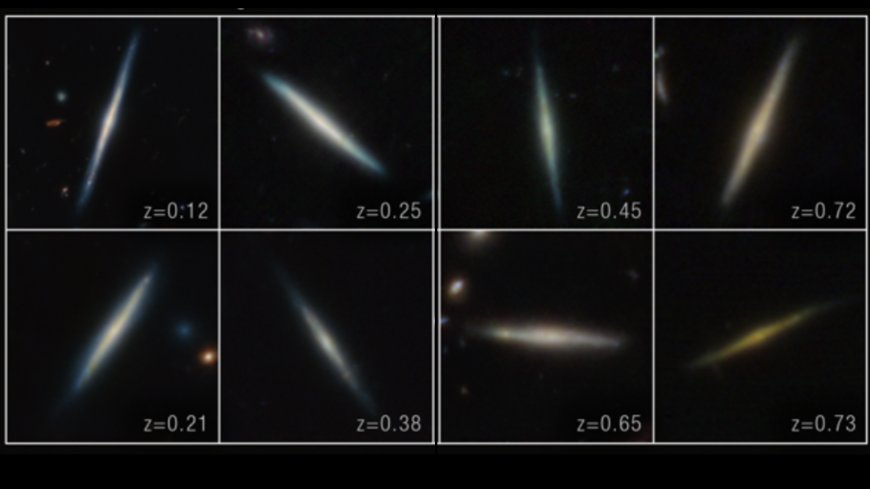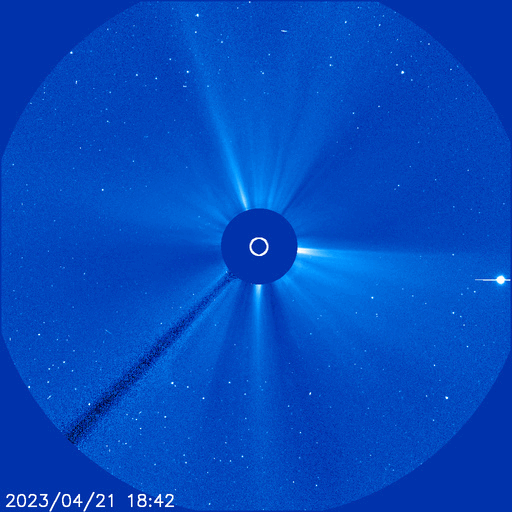James Webb Space Telescope uncovers history of Milky Way galaxy through cosmic archeology
Astronomers act as cosmic archeologists with the James Webb Space Telescope, revealing insights into over 100 disk galaxies from up to 11 billion years ago. By studying the dual-disk structure of these galaxies, researchers aim to understand the evolution of galaxies like the Milky Way, shedding light on the formation of thick and thin stellar disks.

Astronomers have used the James Webb Space Telescope (JWST) to study over 100 disk galaxies dating back up to 11 billion years. These galaxies could provide insights into the history of our galaxy, the Milky Way. The investigation aimed to understand the formation of thick and thin disks in galaxies and their distinct stellar populations.
The team observed 111 edge-on disk galaxies, some as old as 2.8 billion years after the Big Bang. This study was made possible by the JWST's ability to see through dust and identify different disk structures. The research revealed that galaxies first grow thick stellar disks, followed by the formation of thin disks at a later stage.
By analyzing gas motion data, the team found that turbulent gas in the early universe triggers intense star formation, leading to the creation of thick stellar disks. As these stars form, the gas stabilizes, thinning out to form embedded thin disks. The process occurs at different rates in high-mass and low-mass galaxies due to variations in gas conversion efficiency.
The team's findings align with the evolution of the Milky Way, suggesting a similar disk formation process. Further research will involve gathering more data to refine the understanding of disk formation in galaxies.
According to the source: Space.
What's Your Reaction?
 Like
0
Like
0
 Dislike
0
Dislike
0
 Love
0
Love
0
 Funny
0
Funny
0
 Angry
0
Angry
0
 Sad
0
Sad
0
 Wow
0
Wow
0



























































































































































